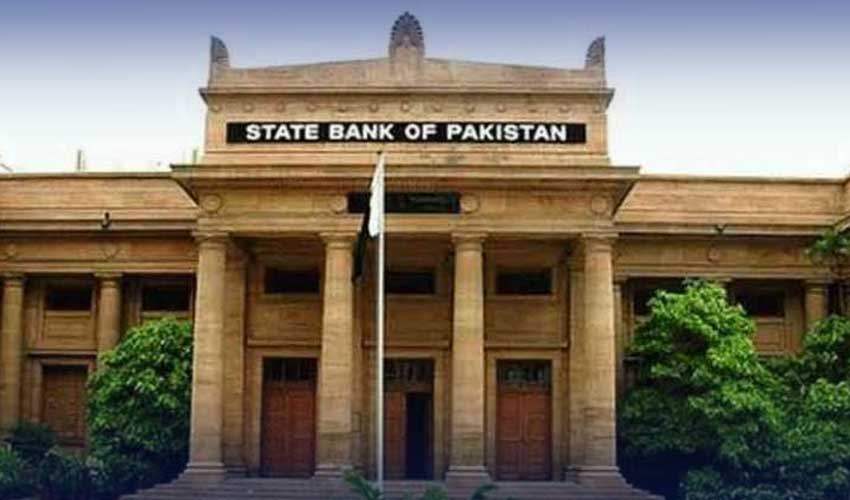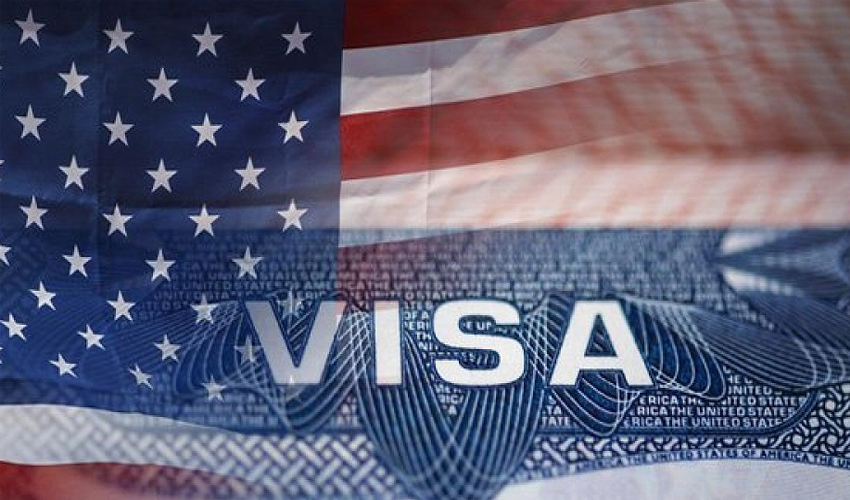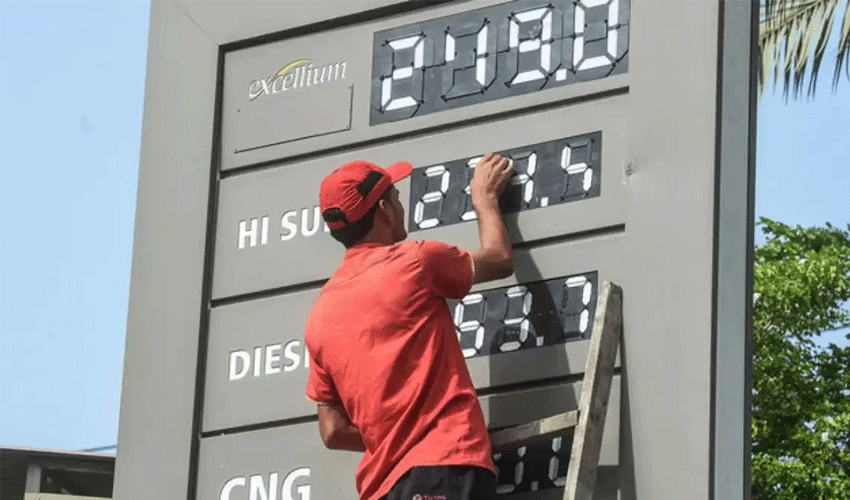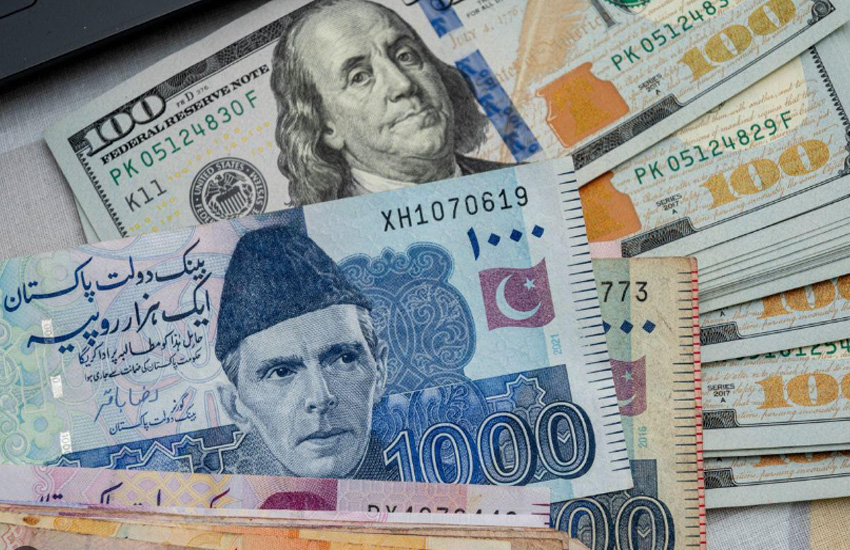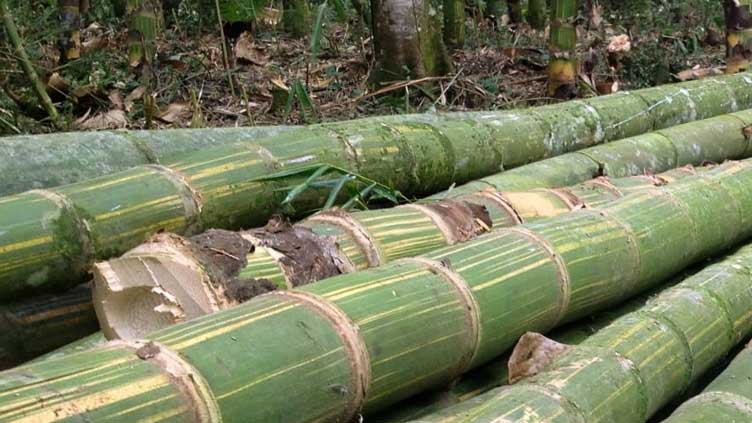The State Bank of Pakistan (SBP) has released its Annual Report on the State of Pakistan’s Economy for the fiscal year 2023-24, revealing signs of economic recovery driven by stabilization policies, improved agricultural productivity, and engagement with international financial institutions.
The report highlights improved macroeconomic conditions in FY24, supported by stabilization policies, successful negotiations with the IMF, and a favorable global economic environment. The increase in domestic agricultural productivity, including record wheat and rice harvests and a rebound in cotton production, played a key role in this recovery.
Agriculture-Led Economic Recovery and Narrowing Current Account Deficit
Pakistan’s real GDP growth showed a moderate recovery, led by the agricultural sector. Despite the rebound, the current account deficit narrowed to a 13-year low due to strong growth in remittances and exports, which offset a slight rise in imports. The IMF’s Stand-By Agreement further bolstered foreign exchange reserves, leading to an exchange rate appreciation and a reduction in the public debt-to-GDP ratio.
Tight Monetary Policy and Reforms in Foreign Exchange
The SBP maintained a tight monetary policy throughout FY24, keeping the policy rate at 22 percent. However, in June 2024, the policy rate was reduced by 150 basis points to 20.5 percent following a consistent decline in inflation. Reforms in the foreign exchange market and administrative actions in commodity markets also contributed to restoring order.
Inflation Falls, but Structural Challenges Remain
Inflation fell from a peak of 38 percent in May 2023 to 12.6 percent by June 2024, with the average inflation rate for the year at 23.4 percent, significantly lower than FY23’s 29.2 percent. Despite these positive trends, the report points to several structural challenges that continue to hinder long-term stability. These include low investment, poor productivity, climate change risks, and inefficiencies in the energy sector and State-Owned Enterprises (SOEs).
Focus on Structural Reforms and SOEs
A special chapter in the report focuses on reforming SOEs, identifying inefficiencies that burden fiscal resources. The report calls for the continuation of corporate governance reforms, the creation of a competitive environment, and sectoral policy changes. The government has made some progress in addressing energy sector challenges, but broader reforms are needed to tackle circular debt and improve fiscal health.
Positive Outlook for FY25
Looking ahead, the SBP report expects the positive momentum to continue into FY25. The approval of the Extended Fund Facility (EFF) with the IMF in September 2024 is expected to strengthen the external account, improve Pakistan’s sovereign credit rating, and boost investor confidence. With steady global economic growth and lower commodity prices, the current account deficit is projected to remain between 0.0 – 1.0 percent of GDP in FY25.
Inflation Expected to Decline Further in FY25
Inflationary pressures are anticipated to weaken further in FY25 due to continued fiscal consolidation and the impact of tight monetary policy. The SBP predicts average inflation to fall below the previously projected range of 11.5 – 13.5 percent, with real GDP growth expected to recover in the range of 2.5 – 3.5 percent, driven by improvements in the large-scale manufacturing (LSM) and services sectors.





